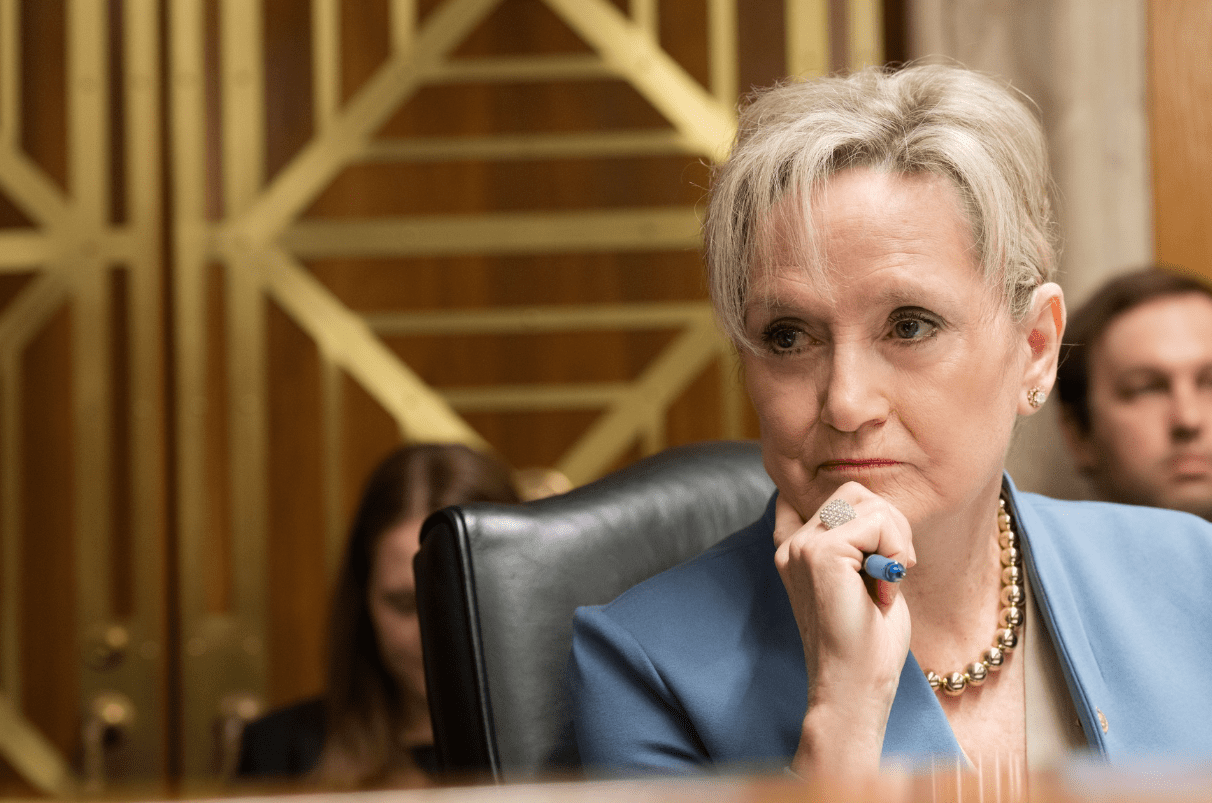
Sid Salter
- Columnist Sid Salter says the Louisiana decision begs the question of whether states with similar demographics may see efforts to increase minority congressional districts in states trending toward minority-majority populations.
In a Louisiana congressional redistricting case, the Supreme Court decided last week to allow the state to use congressional maps that created a second Black majority district among the state’s six total districts.
The high court case was brought when white voters objected to the new district based on what they called “a brutal racial gerrymander” that ignored basic principles of congressional district mapmaking like compactness, communities of interest and oddly shaped districts.
NAACP officials and other proponents of the map the Supreme Court approved for Louisiana, with a Black population percentage (33.13%) that mirrors Mississippi’s (33.03%), argued that two-of-six U.S. House districts with Black majorities would make for more equitable congressional elections in the state.
Louisiana Democrats like the chances of the new district impacting partisan control of the U.S. House in their favor while Republicans were left with the knowledge that the new map was drawn, in part, to protect the Louisiana U.S. House districts represented by Republican House Speaker Mike Johnson, GOP House Majority Leader Steve Scalise and other current GOP congresspersons.
The Louisiana court decision begs the question of whether states with similar demographics and both similar historical under-representation of minorities and similar partisan majorities may see increasing efforts to increase minority districts in states trending toward minority-majority populations.
Louisiana currently has a 55.8% white majority statewide while Mississippi has a 55.4% white majority. But since 2017, both states have been projected to have populations of children that are majority-minority.
Demographic projections estimate that the entire country could be majority-minority by the middle of this century, with forecasts differing on reaching that milestone from 2046 to 2050.
Closer to home, Mississippi already has 25 of 82 counties that are majority-minority Black and seven more counties that are majority-minority with no dominant group.
Interestingly, the impact of the Louisiana Legislature’s drawing of the congressional lines in a manner to protect their powerful House members and those on the “money” committees was mirrored in Mississippi’s congressional redistricting – but in a different partisan direction.
To be sure, Louisiana’s larger population guaranteed them two more House districts than we have in Mississippi – and made it more politically feasible to create a second Black majority district despite objections from white voters.
But in Mississippi, state legislators engaged in congressional redistricting that expanded the geography of Democratic U.S. Rep. Bennie Thompson’s Second District – the state’s only Black majority district to create a sprawling district that stretches north and south some 284 miles from Tunica to Woodville – while keeping the veteran Democrat’s Black voting age population north of 60 percent.
Why? Thompson has fought to keep Black voting age population or BVAP high in the Second District to protect his political base. The demographic shifts necessary to make that political math work conversely serve to protect the conservative Republican majorities enjoyed by Republican U.S. Reps. Trent Kelly, Michael Guest and Mike Ezell in their districts.
Protecting Thompson’s district would make drawing a second Black majority district in Mississippi difficult, even more so dividing those numbers over four rather than six districts. Overall population gains sufficient to gain a fifth U.S. House seat for the state is about the only factor that would significantly change the state’s demographic trends.
Long term, U.S. and Mississippi politics will bend to the inevitable impacts of the ebb and flow of demographics. Coalitions will evolve with majority-minority realities. What should be of concern to all Mississippians is the need to grow our population. A stagnant or declining population will reduce our state’s voice in Congress – as it did in 2003 when the state dropped from five House seats to four.








